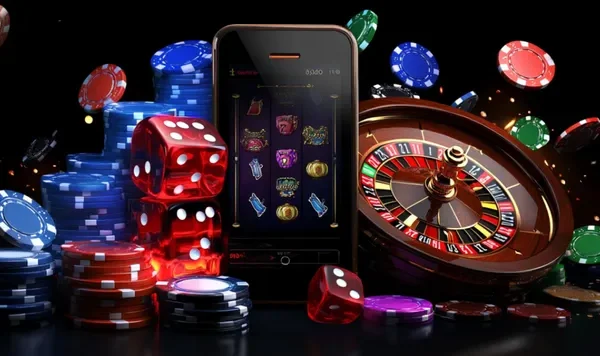Charles Fey introduced Liberty Bell games into his San Francisco machine shop during the late 19th Century and laid down some fundamental principles of slot play which remain today: three reels, paylines, variable symbols and automatic payouts.
Due to California’s anti-gambling laws, manufacturers used creative tactics to sidestep them by replacing poker symbols with fruits instead. This enabled them to circumvent gambling laws and pave the way for 1963’s Money Honey slot machine; which would become the world’s first fully electromechanical slot.
Charles Fey’s Liberty Bell
Charles Fey was one of the leading slot machine designers of late-19th-century America. Born in Bavaria, Germany, Fey emigrated to San Francisco when he was 23 and worked at Western Electrical Works company where he learned electrical equipment construction as well as telephone building techniques.
Fey and his partners created a three-reel machine known as the Operator Bell that weighed over 100 pounds and featured a coin slit, music box, and new symbols based on Bell Fruit Gum’s company logo resembling sticks of gum.
Fey’s machines quickly gained popularity across saloons and taverns across the country, until laws at that time started cracking down on cash-paying slot machines as social reformers targeted gambling and alcohol consumption. San Francisco outlawed these machines in 1909; as an effort to circumvent this law, Operator Bell changed their machines by substituting card suits and fruit symbols instead of bells or horseshoes as their payout symbols.
The One-Armed Bandit
The one-armed bandit was created towards the end of the 19th century and quickly became an iconic form of gambling. Unfortunately, its popularity was curtailed by gambling bans; over time however, its symbols gradually evolved into fruit-inspired ones and it eventually received the moniker ‘fruit machines’, still used today in some countries. What set this type of machine apart was its signature sound when three symbols aligned – an audible “ding ding ding sound”.
Mid-20th-century slot machine technology saw major advancements, as electromechanical machines began replacing mechanical ones, providing more complex game features and an expanding variety of paylines.
Progressive jackpots were then introduced, increasing payouts every time the reels spun. Over time, online slots have emerged offering players the ability to enjoy this type of gameplay from the comfort of their homes – today we can enjoy online slots on any device with various themes and features available!
Gum-Dispensing Machines
Vending machines offer gumballs and candy for a small fee. They typically feature a clear container (originally glass but now mostly plastic) filled with candy or gumballs that sits atop a metal base with a locked door; when coin is inserted, turning a handle activates an internal mechanism which releases one gumball at a time from its dispenser.
These machines add an intriguing sense of nostalgia to any home, office or public space. Their vibrant hues reflect styles from various decades for an eye-catching effect.
Gumball machines were one of the first modern coin-operated devices. Victorian-era tinkerers developed machines capable of dispensing breath mints, pencils, perfume and razor blades from train stations to general stores and pubs; some people even called these vending machines silent salesmen! Hero of Alexandria invented one such vending device that sold holy water at Egyptian temples – this device could then become known as an early vending machine.
Video Slots
As slot machines made the transition from mechanical machines to digital technology, developers were given more freedom with game mechanics. Video slots allow players to enter immersive worlds ranging from jungle adventures to outer-space voyages with stunning visuals and captivating themes.
Fortune Coin, later acquired by IGT casino giant, developed the inaugural video slot in 1976 using a 19-inch TV screen to display symbols. It marked an important step forward for this industry.
This was also the first video slot to feature a second screen bonus game, sending players to another display for an extra round of gameplay. Since then, this feature has become an industry standard in modern slots. However, video slots also introduced another element – volatility. These games may payout more frequently but won’t create winning sessions for all players; thus some may prefer lower volatility games over higher volatility ones.












